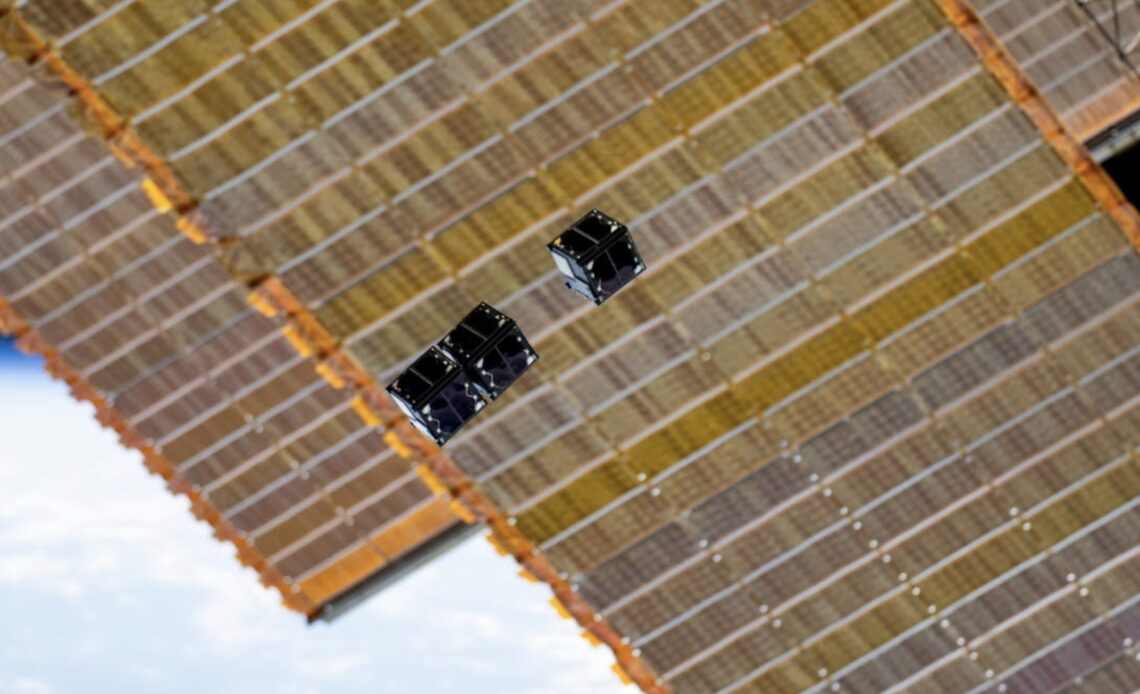In early November, three tiny Australian satellites from Curtin University’s Binar Space Program burned up in Earth’s atmosphere. That was always going to happen. In fact, Binar means “fireball” in the Noongar language of the First Nations people of Perth.
When a satellite is in low Earth orbit (2,000km or less), it experiences orbital decay as it drags closer and closer to the surface, eventually burning up.
But these cube satellites (CubeSats), known as Binar-2, 3 and 4, entered the atmosphere much sooner than originally planned. They only lasted for two months — a third of what was expected. This significantly reduced valuable time for science and testing new systems.
The reason for their untimely demise? Our Sun has kicked into high gear, and the Binar satellites are far from the only casualty. Recent high solar activity has been causing an unexpected headache for satellite operators in the last few years, and it’s only increasing.
Why is the Sun so active?
Solar activity includes phenomena such as sunspots, solar flares and solar wind — the stream of charged particles that flows toward Earth.
This activity is a product of the Sun’s ever-changing magnetic field, and approximately every 11 years, it completely flips. At the midpoint of this cycle, solar activity is at its highest.
While this cycle is known, specific solar activity is challenging to predict — the dynamics are complex and solar forecasting is in its infancy.
In the last few months, indicators of solar activity were more than one and a half times higher than predictions for this point in the current cycle, labelled solar cycle 25.
The impact of space weather
Space weather refers to the environmental effects that originate from outside our atmosphere (mostly the Sun). It affects us on Earth in a variety of noticeable and unnoticeable ways.
The most obvious is the presence of auroras. In the past few months, auroras have been visible far more intensely and closer to the equator than in the last two decades. This is a direct result of the increased solar activity.
Space weather, and solar activity in particular, also creates additional challenges for satellites and satellite operators.
Higher solar activity means more solar flares and stronger solar wind — resulting in a higher flux of charged particles…
Click Here to Read the Full Original Article at Livescience…

